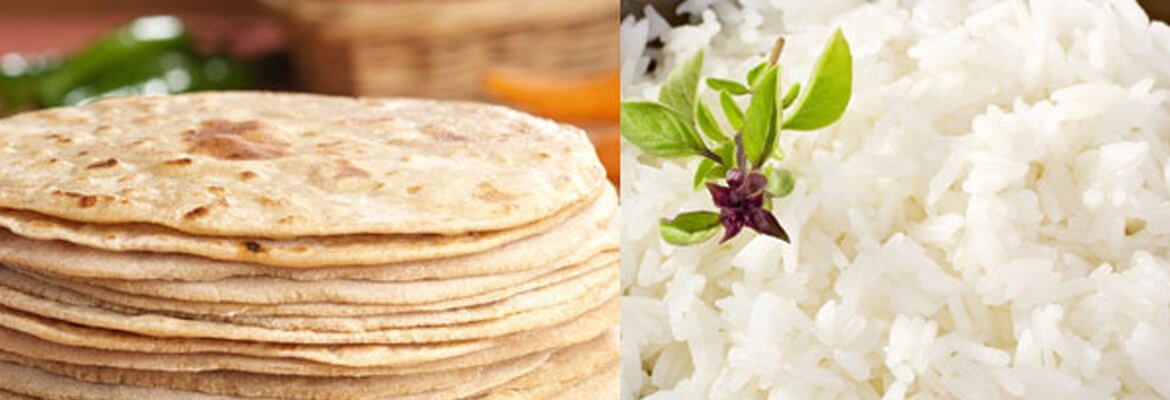14
2019
DEMYSTIFYING CARBOHYDRATES AND FEEDING GUT BACTERIA

De-mystifying Carbohydrates and feeding your gut bacteria.
Monosaccharides are the simplest carbohydrates, containing either glucose or fructose that is a single molecule of sugar. They can be absorbed directly into the blood stream from the digestive tract. Disaccharides (as the name suggests) are two monosaccharides linked together, namely lactose and sucrose (sugar as we know it). Many monosaccharides linked together are called polysaccharides and are what we need namely complex carbohydrates. Most carbohydrates that are consumed in diets today like white rice, pasta, bread, are simply starch and get absorbed before even hitting the large intestine. They convert into simple sugars (those that will throw your insulin levels off). MACs, a term invented by Justin and Erica Sonnenberg ‘Microbiota accessible carbohydrates’ [microbiota is another name for the colonies of bacteria that reside in your gut] on the other hand, that get to your large intestine feed your microbiota. Plant-based foods have over a thousand different MACs. Oligosaccharides consist of three to nine monosaccharides and are found in beans, whole grains, vegetables and fruits. These are fermented in the large intestine and release SCFAs.
Your gut microbes [bacteria], only and only respond to what you eat. You need to seriously think about what you are feeding it. How do you increase the MAC quotient of your meals? I mentioned earlier that the food that remains undigested moves after the first bulk of what you have eaten which has been worked upon in the small intestine. The undigested foods move to the large intestine, which is actually where the microbes reside (larger colonies of them). A large portion of this undigested food is fibre. At this stage, the microbiota are looking out for MACs, and waiting for their food. Each species has a taste for different foods: some like bananas, while others like onions. Whatever we eat will help the microbiota multiply and therefore create balance for us.
Remember the theory of evolution and the process of natural selection put forth by Charles Darwin? This is how your microbiota survive. The ones that naturally reproduce multiply and are dominant. The gut is devoid of oxygen, and this proves to be the first challenge for the microbes. The Sonnenberg’s further explain how they get energy in an oxygen-free environment. Cells need oxygen to build more cells and fuel for our body. This is where the process of fermentation comes into play; the gut microbiota generate energy through this process.
(Excerpt from The Detox Diet by Shonali Sabherwal, published by Penguin Random House)
